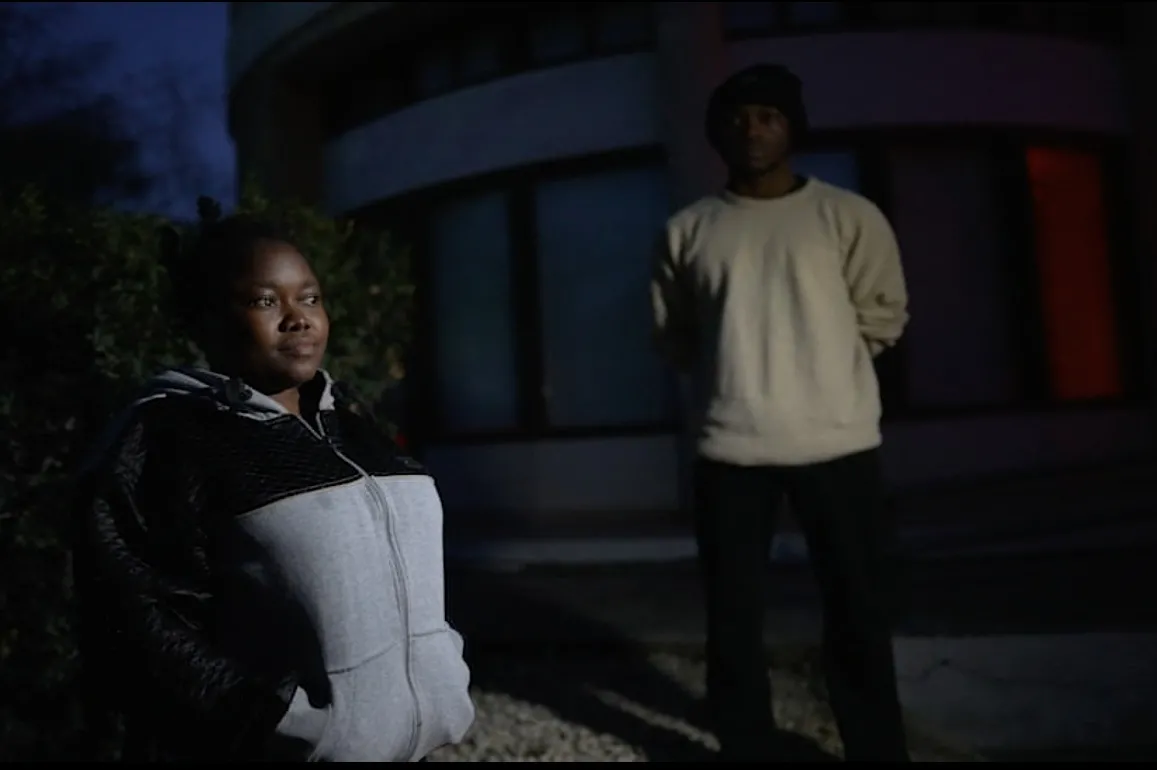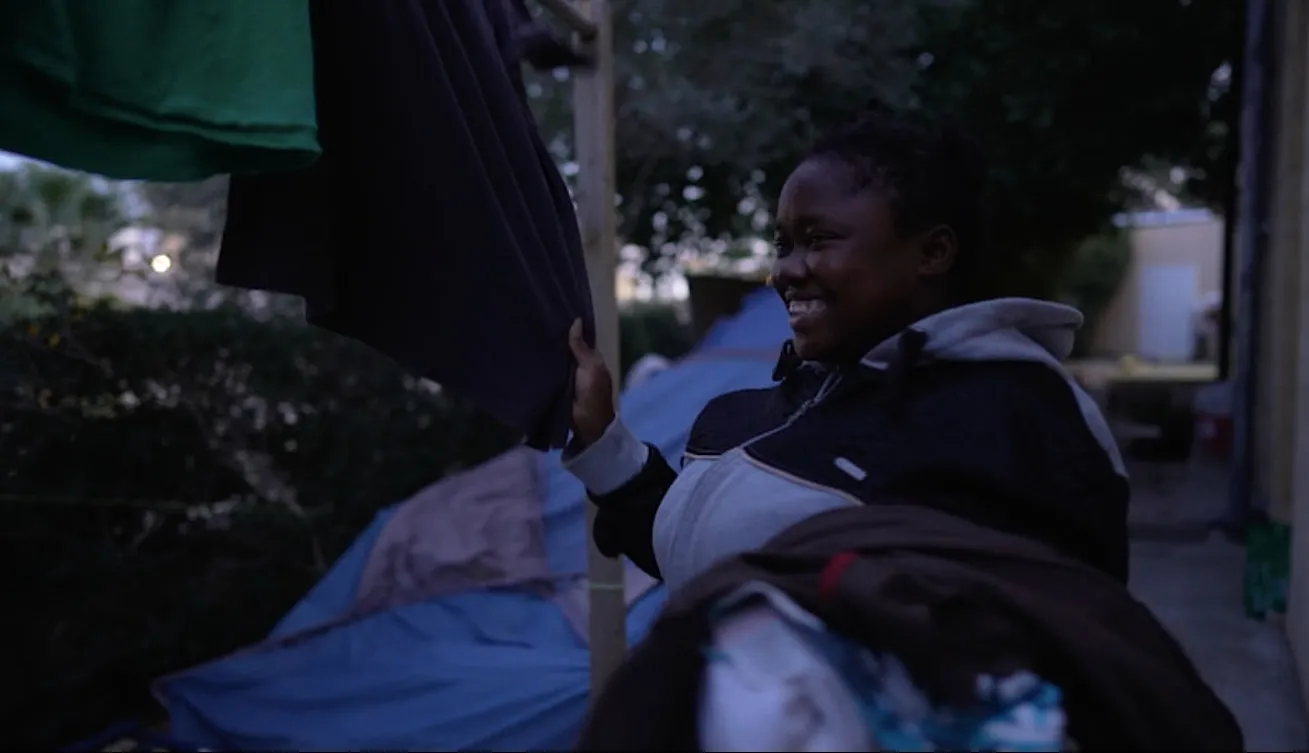
Rome Newsroom, Dec 3, 2021 / 13:00 pm (CNA).
As a sign of Pope Francis’ concern for migrants, the Vatican announced Friday that it is helping to arrange the transfer of about 12 refugees from Cyprus to Italy.
Among the migrants that Pope Francis is helping to bring to Italy are Grace, 24, and Daniel, 20, Christians who fled Cameroon after schools were shut down due to the Anglophone Crisis, provoked by tensions between the English-speaking minority and French-speaking majority.
The two migrants met after paying the same smuggler to help them cross from Turkish-occupied northern Cyprus to the Greek-speaking south, where they hoped to find asylum in the European Union.
“We were misled,” Grace said. The smuggler told them where to cross over the 16-foot-high wall that divides the Cypriot capital of Nicosia, but they were promptly taken into custody by the United Nations forces stationed in the demilitarized buffer zone.
“The most scary moment in my life so far,” said Grace, who injured her leg after jumping from the wall.
Since crossing over the wall last May, Grace and Daniel have been stuck in the buffer zone that divides Cyprus, which is also called “no man’s land,” living in a tent for more than six months.

In an interview with EWTN News ahead of Pope Francis’ arrival in Cyprus, Grace said that faith in God helped to give her strength in the difficult times in Cyprus. She hopes for a better future in which she can find work.
Daniel, a Catholic, said that he would like to be able to continue his studies once he receives asylum in Europe.
“That’s what is keeping us strong because, like our faith, we believe that in any circumstances that you find yourself, never give up in life, so that saying has been keeping us strong and I believe God can do something,” Grace said.

Elizabeth Kassinis, the executive manager of Caritas Cyprus, told EWTN that the numbers of migrants, refugees, and asylum seekers arriving in Cyprus “have been really dramatic.”
“Cyprus right now receives more asylum seekers per capita than anywhere in Europe,” Kassinis said.
“It is a frontline state … all of the local systems are overwhelmed,” she added.
Recently, Kassinis has noted the arrival of people from Lebanon, which is in the midst of an economic crisis, in addition to the flow of migrants from Syria and African countries.
The Caritas Cyprus migrant services center in Nicosia receives about 300 people requesting assistance each day.
“Most of the numbers that we’re getting now are people who’ve just arrived,” she said.
Pope Francis is currently in Cyprus, where he met on Dec. 3 with a group of migrants, who shared their stories with the pope in an ecumenical prayer service in Nicosia.
“It is he, the Lord Jesus, whom we encounter in the faces of our marginalized and discarded brothers and sisters. In the face of the migrant who is despised, rejected, put in a cage … but at the same time … in the face of the migrant journeying to a goal, to hope, to greater human companionship,” Pope Francis said.
If you value the news and views Catholic World Report provides, please consider donating to support our efforts. Your contribution will help us continue to make CWR available to all readers worldwide for free, without a subscription. Thank you for your generosity!
Click here for more information on donating to CWR. Click here to sign up for our newsletter.





Leave a Reply